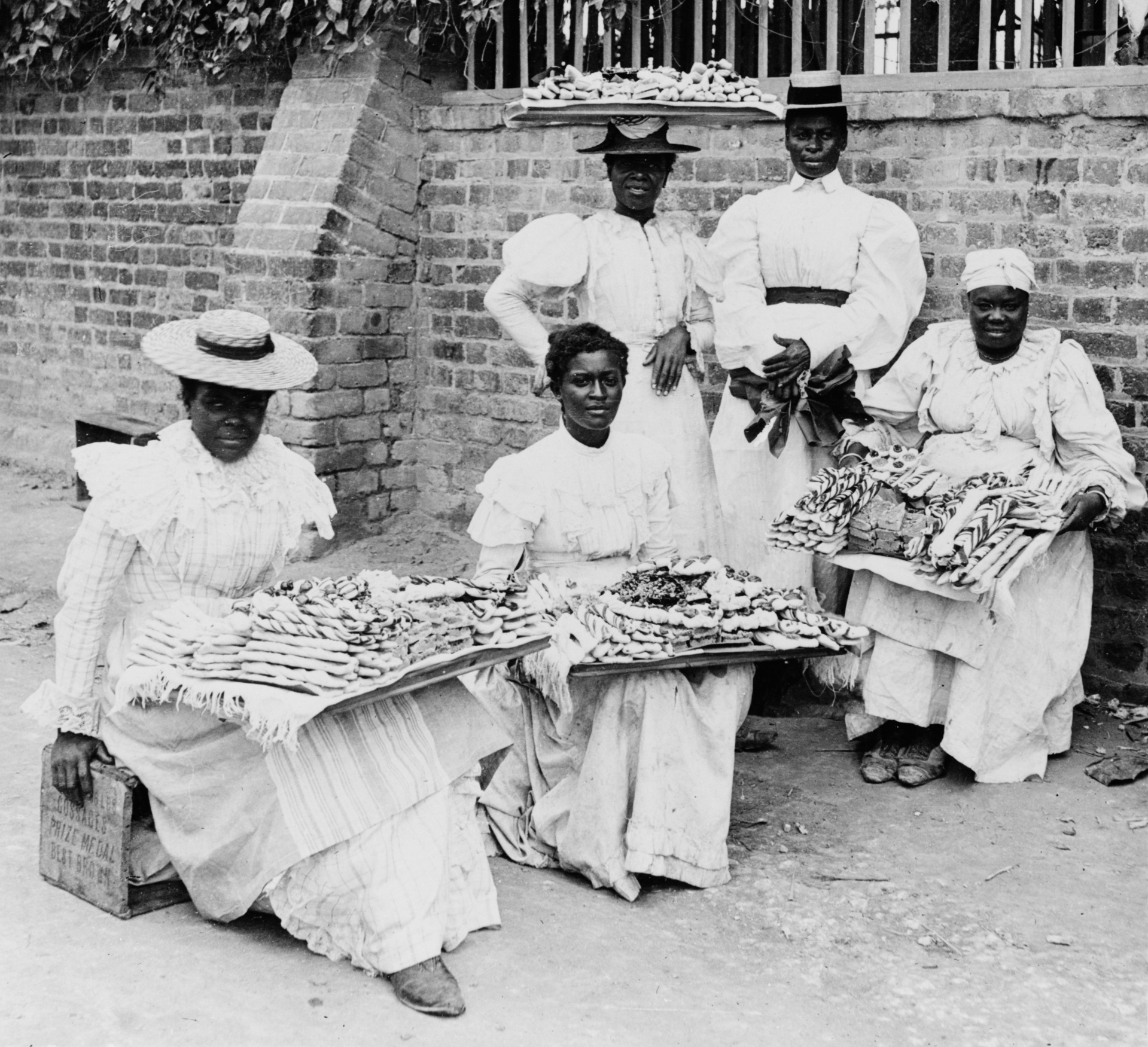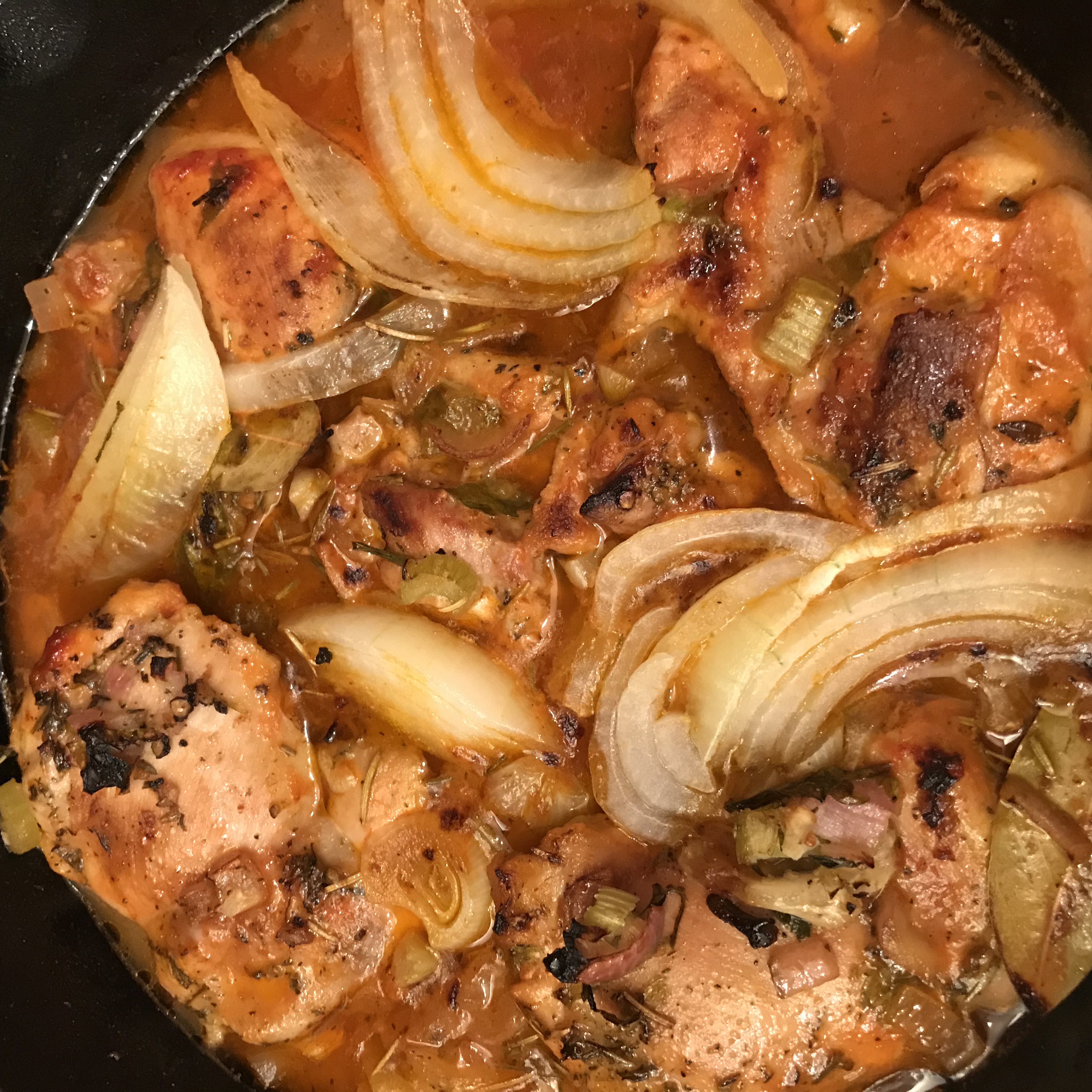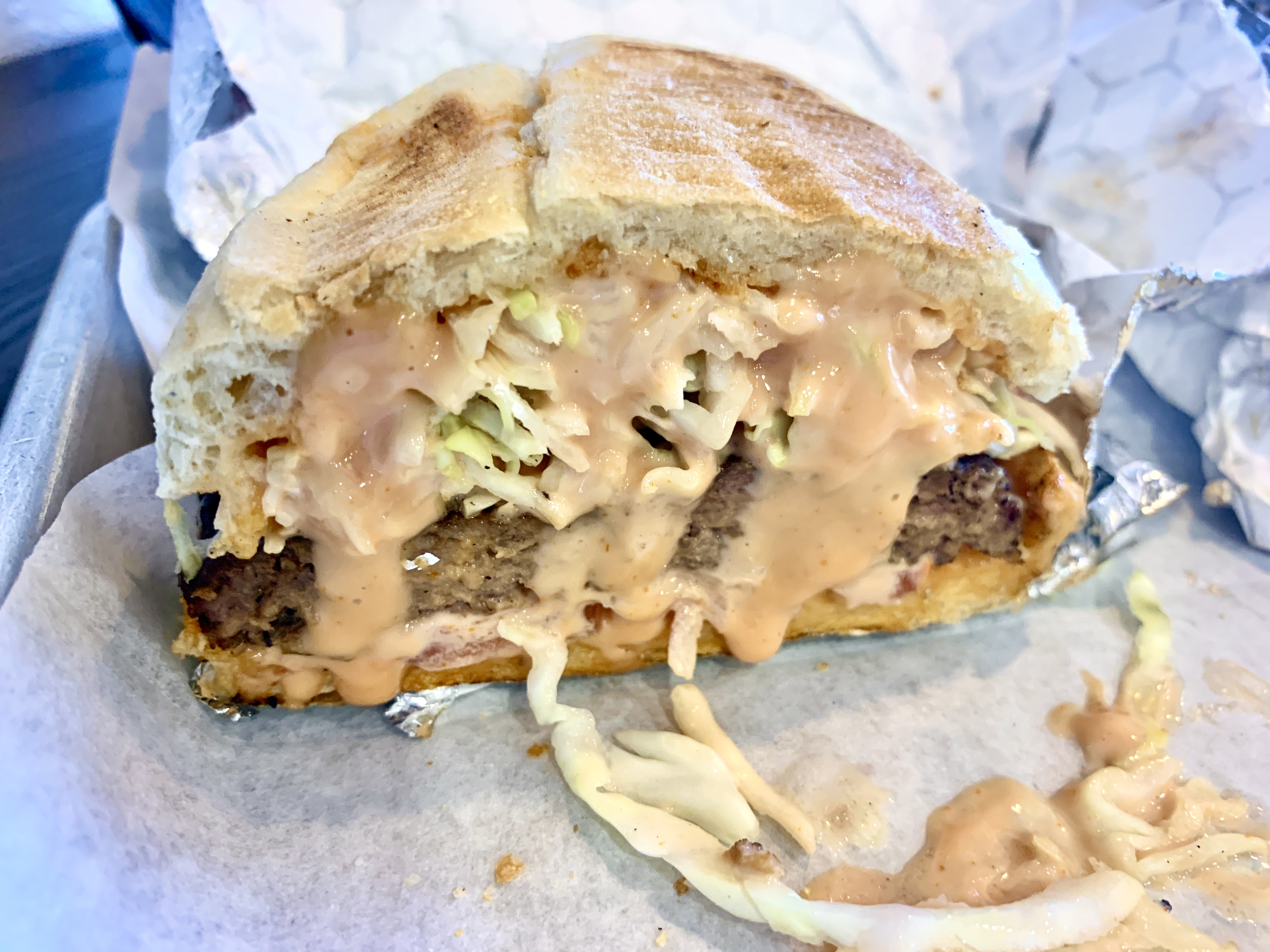|
Cuisine Of The Americas
The cuisine of the Americas is made up of a variety of food preparation styles. North America File:001_Tacos_de_carnitas,_carne_asada_y_al_pastor.jpg North American cuisine consists of foods native to or popular in countries of North America, such as Canadian cuisine, American cuisine, Mexican cuisine, and Central American cuisine. North American cuisines display influence from many international cuisines, including Native American cuisine, Jewish cuisine, Asian cuisine, and especially European cuisine. As a broad, geo-culinary term, North American cuisine also includes Central American and Caribbean cuisines. These regions are part of North America, so these regional cuisines also fall within the penumbra of North American cookery. The term "regional" is somewhat ambiguous, however, since, for example, the cuisine of Puerto Rico can differ markedly from Cuban cuisine; Mexican cuisine spills across the border into the Tex-Mex and Mexi-Cali "sub-cuisines"; and the cuisines of ... [...More Info...] [...Related Items...] OR: [Wikipedia] [Google] [Baidu] |
Americas (orthographic Projection)
The Americas, which are sometimes collectively called America, are a landmass comprising the totality of North and South America. The Americas make up most of the land in Earth's Western Hemisphere and comprise the New World. Along with their associated islands, the Americas cover 8% of Earth's total surface area and 28.4% of its land area. The topography is dominated by the American Cordillera, a long chain of mountains that runs the length of the west coast. The flatter eastern side of the Americas is dominated by large river basins, such as the Amazon, St. Lawrence River–Great Lakes basin, Mississippi, and La Plata. Since the Americas extend from north to south, the climate and ecology vary widely, from the arctic tundra of Northern Canada, Greenland, and Alaska, to the tropical rain forests in Central America and South America. Humans first settled the Americas from Asia between 42,000 and 17,000 years ago. A second migration of Na-Dene speakers followed later fro ... [...More Info...] [...Related Items...] OR: [Wikipedia] [Google] [Baidu] |
Bahamian Cuisine
Bahamian cuisine refers to the foods and beverages of The Bahamas. It includes seafood such as fish, shellfish, lobster, crab, and conch, as well as tropical fruits, rice, peas, pigeon peas, and pork. Popular seasonings commonly used in dishes include chilies (hot pepper), lime, tomatoes, onions, garlic, allspice, ginger, cinnamon, rum, and coconut. Rum-based beverages are popular on the islands. Since the Bahamas consist of a multitude of islands, notable culinary variations exist. Bahamian cuisine is somewhat related to that of the American South, with dishes held in common such as "fish 'n' grits". A large portion of Bahamian foodstuffs are imported (''cf.'' economy of the Bahamas). International cuisine is offered, especially at hotels. Many specialty dishes are available at roadside stands, beach side, and in fine dining establishments. In contrast to the offerings in the city of Nassau and in the many hotels, "shack" type food stands/restaurants (including Goldies and Twin ... [...More Info...] [...Related Items...] OR: [Wikipedia] [Google] [Baidu] |
Jamaican Cuisine
Jamaican cuisine includes a mixture of cooking techniques, flavours and spices influenced by Amerindian cuisine, Amerindian, Cuisine of Africa, African, Irish cuisine, Irish, English cuisine, English, French cuisine, French, Portuguese cuisine, Portuguese, Spanish cuisine, Spanish, Indian cuisine, Indian, Chinese cuisine, Chinese and Arab cuisine, Middle Eastern people who have inhabited the island. It is also influenced by the crops introduced into the island from tropical Southeast Asia, many of which are now grown locally. A wide variety of seafood, tropical fruits and meats are available. Some Jamaican dishes are variations on cuisines brought to the island from elsewhere. These are often modified to incorporate local produce and spices. Others are novel or Fusion cuisine, fusion and have developed locally. Popular Jamaican dishes include curry goat, fried dumplings, ackee and saltfish. Jamaican patty, Jamaican patties along with various pastries, breads and beverages are also p ... [...More Info...] [...Related Items...] OR: [Wikipedia] [Google] [Baidu] |
Honduran Cuisine
Honduras, Honduran cuisine is a fusion of Mesoamerican (Lenca), Cuisine of Spain, Spanish, Caribbean cuisine, Caribbean and African cuisines. There are also dishes from the Garifuna people. Coconut and coconut milk are featured in both sweet and savory dishes. Regional specialties include Conch Soup, ''sopa de caracol'', fried Fish (food), fish, tamales, carne asada and baleadas. Other popular dishes include meat roasted with chismol and carne asada, chicken with rice and corn, and fried fish with pickled onions and jalapeños. In the coastal areas and the Bay Islands Department, Bay Islands, seafood and some meats are prepared in many ways, including with coconut milk. Among the soups the Hondurans enjoy are bean soup, mondongo soup (tripe soup), seafood soups and beef soups. Generally all of these soups are mixed with plantain (cooking), plantains, cassava, yuca, and cabbage, and served with Maize, corn tortillas. Other typical dishes are ''montucas'' or corn tamales, stuffed tor ... [...More Info...] [...Related Items...] OR: [Wikipedia] [Google] [Baidu] |
Haitian Cuisine
Haitian cuisine consists of cooking traditions and practices from Haiti. It is a Creole cuisine that originates from a blend of several culinary styles that populated the western portion of the island of Hispaniola, namely the African, French, indigenous Taíno, Spanish and Arab influence. Haitian cuisine is comparable to that of "criollo" (Spanish for 'creole') cooking and similar to the rest of the Latin Caribbean, but differs in several ways from its regional counterparts. The flavors are of a bold and spicy nature that demonstrate African and French influences, with notable derivatives coming from native Taíno and Spanish techniques. Levantine influences have made their way into the mainstream culture, due to an Arab migration over the years. Years of adaptation have led to these cuisines to merge into Haitian cuisine. History Pre-colonial cuisine Haiti was one of many Caribbean islands inhabited by the Taíno natives, speakers of an Arawakan language called Taíno. The ... [...More Info...] [...Related Items...] OR: [Wikipedia] [Google] [Baidu] |
Guatemalan Cuisine
Most traditional foods in Guatemalan cuisine are based on Maya cuisine, with Spanish influence, and prominently feature corn, chilies and beans as key ingredients. Guatemala is famously home to the Hass avocado. There are also foods that are commonly eaten on certain days of the week. For example, it is a popular custom to eat ''paches'' (a kind of tamale made from potatoes) on Thursday. Certain dishes are also associated with special occasions, such as fiambre for All Saints Day on November 1 and tamales, which are common around Christmas. History Regional Guatemalan cuisine is relatively obscure, due in part to its geographic isolation in volcanic highlands, and also due to the civil war in the second half of the 20th century which discouraged international visitors. Guatemalan cuisine is heavily influenced by Mayan cuisine, with some Spanish influences as well. Many dishes are hyper-regional and are not available outside specific towns. Maize is an important staple food i ... [...More Info...] [...Related Items...] OR: [Wikipedia] [Google] [Baidu] |
Culture Of Grenada
Grenada's French colonists brought their culture, as did the African slaves they brought across the Atlantic for agricultural work. Indians have also influenced the island culture in more recent years. With the passing of the Slave Trade Act 1807 by the British Parliament and the subsequent abolishing of slavery, indentured labor from India was procured at a very large scale. The first ship, named ''Nickor Jeremiah'', departed from Calcutta, India on January 27, 1857, and arrived a few months later on May 1. In all 3,206 East Indians arrived in Grenada by 1885. Only 380 of them returned to India. The Indians made many contributions to Grenada. Indian Arrival Day was celebrated in 2007 on the 150th anniversary, for the first time since the centenary celebration in 1957. The Indians later on assimilated with the existing Africans, Europeans and other ethnicities intermarrying with each other. This very much influenced the culture and cuisine of Grenada. Cuisine The national ... [...More Info...] [...Related Items...] OR: [Wikipedia] [Google] [Baidu] |
Greenlandic Cuisine
Greenlandic cuisine is traditionally based on meat from marine mammals, birds, and fish, and normally contains high levels of protein. Since colonization and the arrival of international trade, the cuisine has been increasingly influenced by Danish, British, American and Canadian cuisine."Greenlandic cuisine." ''Official Greenland Tourism Guide.'' (retrieved 30 Oct 2010) During the summer when the weather is milder, meals are often eaten outdoors."Traditional Greenlandic food." ''Official Greenland Tourism Guide.'' (retrieved 30 Oct 2010) National dish The ...[...More Info...] [...Related Items...] OR: [Wikipedia] [Google] [Baidu] |
Dominica Cuisine
Dominica cuisine is the cuisine of the island nation of Dominica. The cuisine is rooted in creole techniques with local produce flavored by spices found on the island. Foods Dominica's cuisine is similar to many other Caribbean islands including that of Trinidad and St Lucia. Though separated by water Dominica and other Commonwealth Caribbean islands have distinct twists to their meals. Breakfast is an important meal in Dominica and is eaten every day. A typical meal includes saltfish, which is dried and salted codfish, and bakes made by making a dough and frying in oil prove popular before a long days at work. Saltfish and bakes can also double as fast food snacks that can be eaten throughout the day; vendors and Dominica's streets sell these snacks to passers-by alongside fried chicken, fish and tasty smoothies. Other breakfast meals include cornmeal porridge which is made with fine cornmeal or polenta, milk and condensed milk and sugar to sweeten. More British influenced ... [...More Info...] [...Related Items...] OR: [Wikipedia] [Google] [Baidu] |
Dominican Republic Cuisine
Dominican cuisine is made up of Spanish, indigenous Taíno, Middle Eastern and African influences. As in Spain, the largest, most important meal of the day is lunch. Its most typical form, nicknamed ''la bandera'' ("the flag"), consists of white rice, red beans and meat (beef, chicken, pork, or fish), sometimes accompanied by a side of salad. Dishes and their origins The Dominican Republic was formerly a Spanish colony. Many Spanish traits are still present in the island. Many traditional Spanish dishes have found a new home in the Dominican Republic, some with a twist. African and Taíno dishes still hold strong, some of them unchanged. All or nearly all food groups are accommodated in typical Dominican cuisine, as it incorporates meat or seafood; grains, especially rice, corn (native to the island), and wheat; vegetables, such as beans and other legumes, potatoes, ''yuca'', or plantains, and salad; dairy products, especially milk and cheese; and fruits, such as oranges, ba ... [...More Info...] [...Related Items...] OR: [Wikipedia] [Google] [Baidu] |
Cuban Cuisine
Cuban cuisine is largely based on Spanish cuisine with influence from African and other Caribbean cuisines. Some Cuban recipes share spices and techniques with Spanish, African and Taino cooking, with some Caribbean influence in spice and flavor. This results in a blend of the several different cultural influences. A small but noteworthy Chinese influence can also be accounted for, mainly in the Havana area. There is also some Italian influence. During colonial times, Cuba was an important port for trade, and the Spanish ancestors of Cubans brought with them the culinary traditions of different parts of Spain.Rodriguez, H. ''Cuban Food Profile: Cuban Food History'' Overview As a result of the colonization of Cuba by Spain, one of the main influences on the cuisine is from Spain. Other culinary influences include the Taíno, the indigenous people of Cuba, Africa, from the Africans who were brought to Cuba as slaves, and French, from the French colonists who came to Cuba from Hait ... [...More Info...] [...Related Items...] OR: [Wikipedia] [Google] [Baidu] |
Costa Rican Cuisine
Costa Rican cuisine is known for being fairly mild, with high reliance on fruits and vegetables. Rice and black beans are a staple of most traditional Costa Rican meals, often served three times a day. Costa Rican fare is nutritionally well rounded, and nearly always cooked from scratch from fresh ingredients. Owing to the location of the country, tropical fruits and vegetables are readily available and included in the local cuisine. Owing to the contrast of Costa Rica's large tourist economy the many rural communities throughout the country, the foods available, especially in the more urban areas, have come to include nearly every type of cuisine in addition to traditional Costa Rican dishes. Cities such as San José, the capital, and beach destinations frequented by tourists offer a range of ethnic foods, from Peruvian to Japanese. Chinese and Italian food is especially popular with ''Ticos,'' (the local name for anybody Costa Rican, Tica is also sometimes used for females), and ... [...More Info...] [...Related Items...] OR: [Wikipedia] [Google] [Baidu] |







